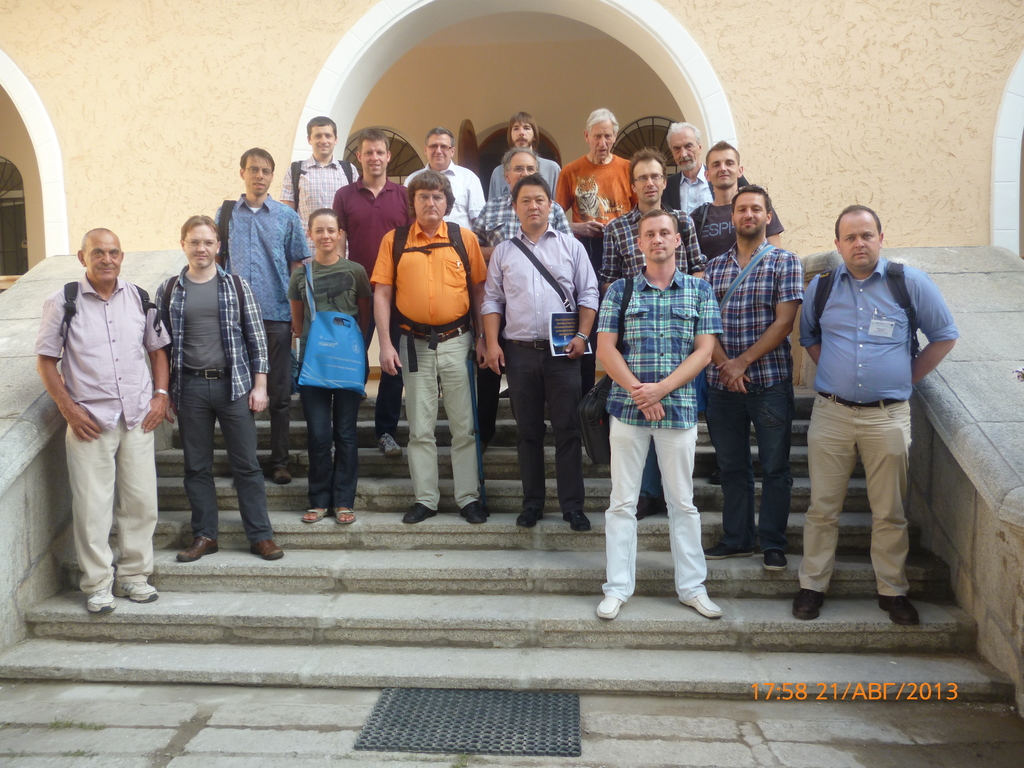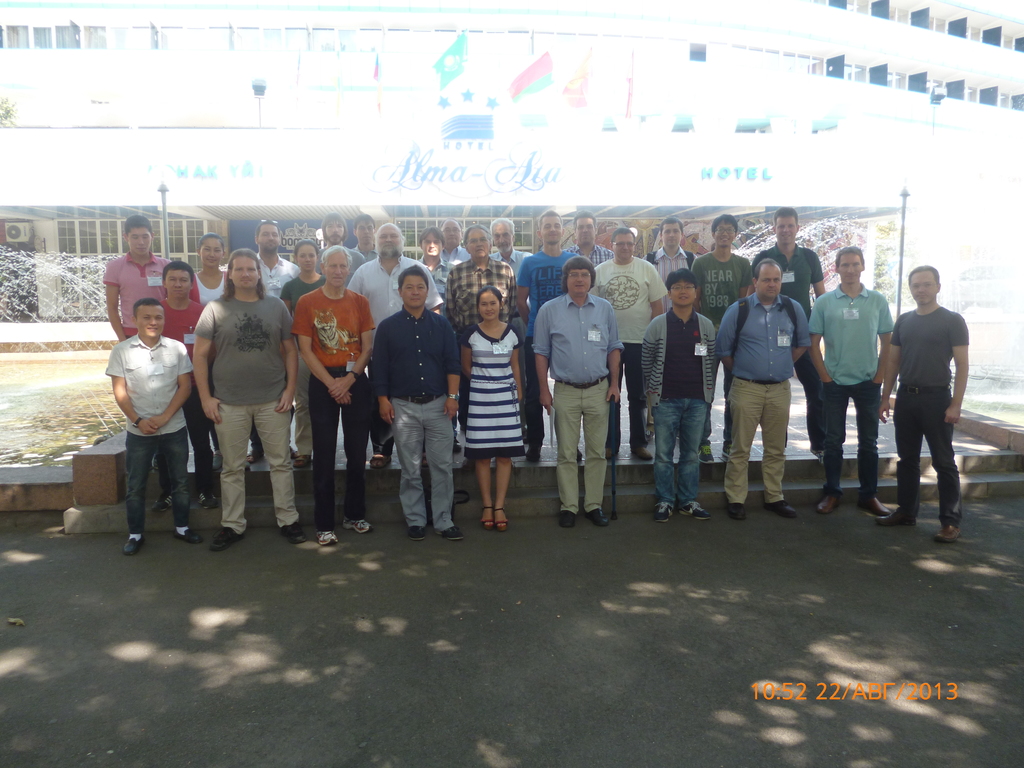On August 19-23, 2013 there was a MODEST-13 meeting in the beautiful city of Almaty in Kazakhstan. The conference was organized by Fesenkov Astrophysical Institute .
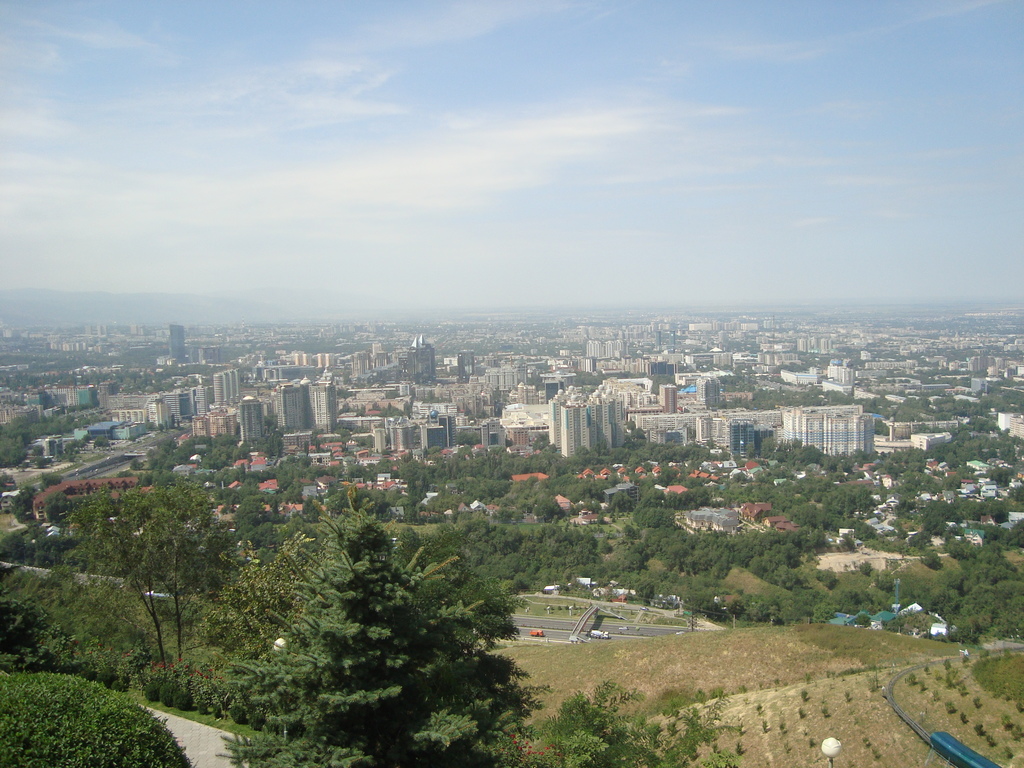
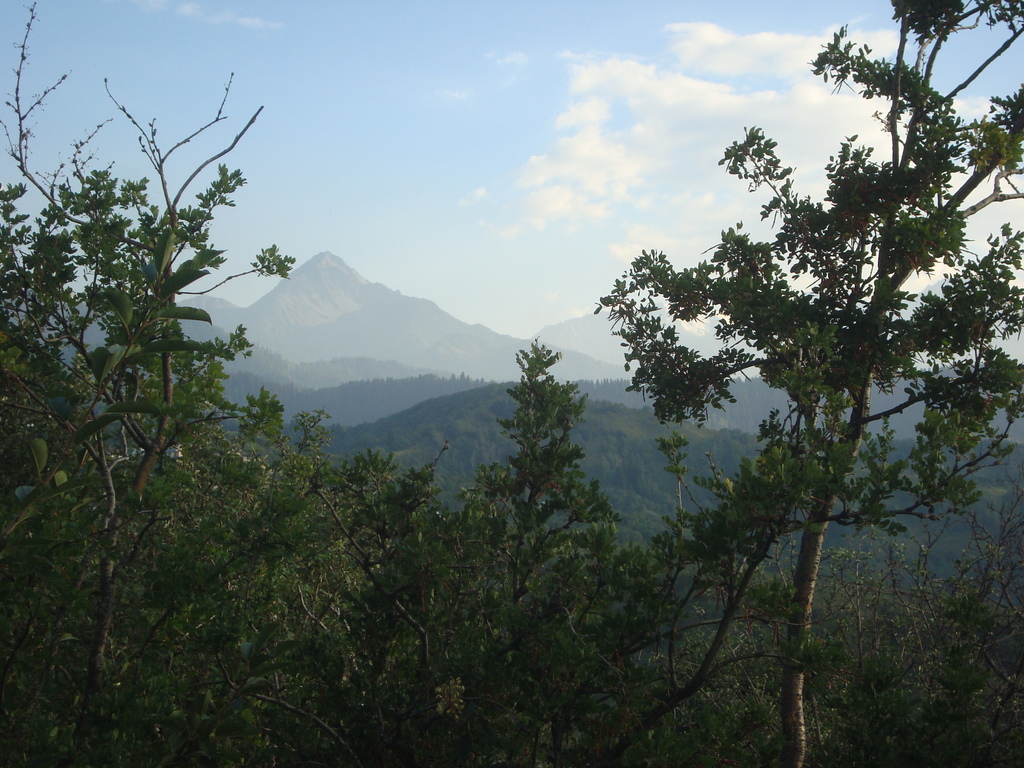
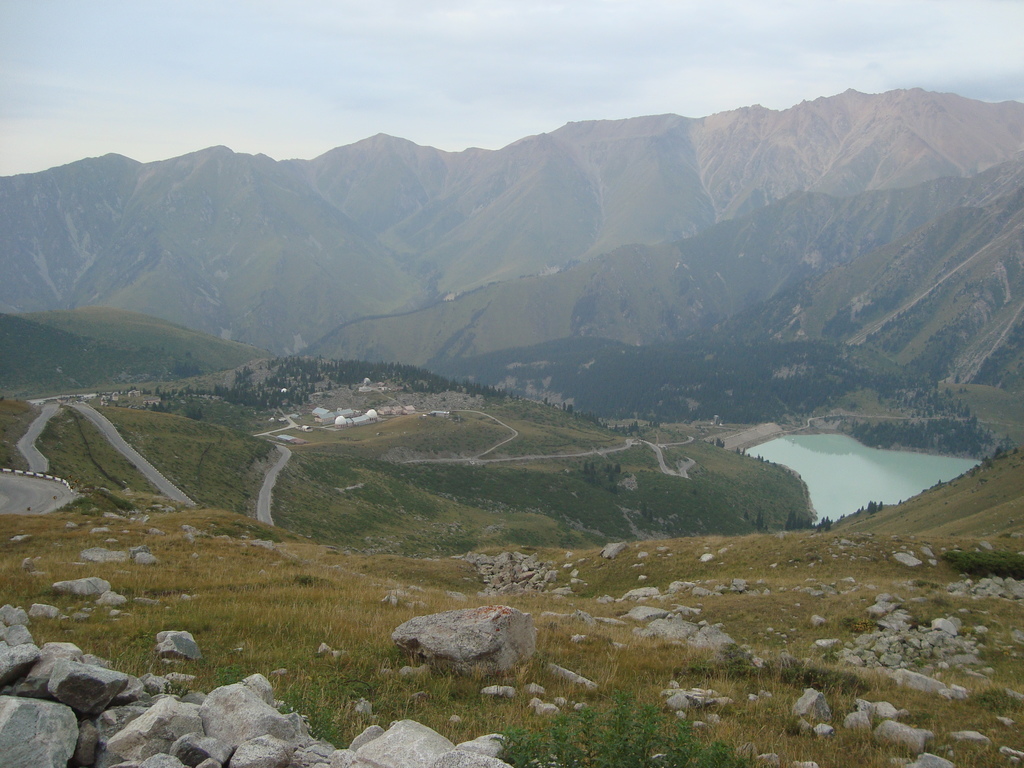
MODEST is a continuous series of meetings which take place in different cites around the world. It's main purpose is to bring together scientists working in the fields of stellar dynamics, stellar evolution, stellar hydrodynamics, evolution and observations of star cluster, galaxy and related objects. MODEST-13 meeting in Almaty gathered world class astrophysicists working on interesting and ambitious projects of the mentioned areas of research.
Mirek Giersz gave a talk about a new channel of formation of Intermediate Mass Black Holes (IMBHs) in dense star clusters. He showed that NSs and BHs can be formed during the evolution of star clusters due to dynamical interactions. He spotted also two distinct scenarios for IMBHs formation: fast and slow. In the fast scenario IMBHs buildup starts in the beginning of the star cluster evolution and the masses of IMBHs are in general higher than from slow scenario. The slow scenario starts typically after several Gyrs of star cluster evolution and less dynamical interactions ends with merger event. For slow scenario there is also clearly visible binary evolution pattern - semi-major axes with BHs shrink due to dynamical interactions and then mass transfer begins.
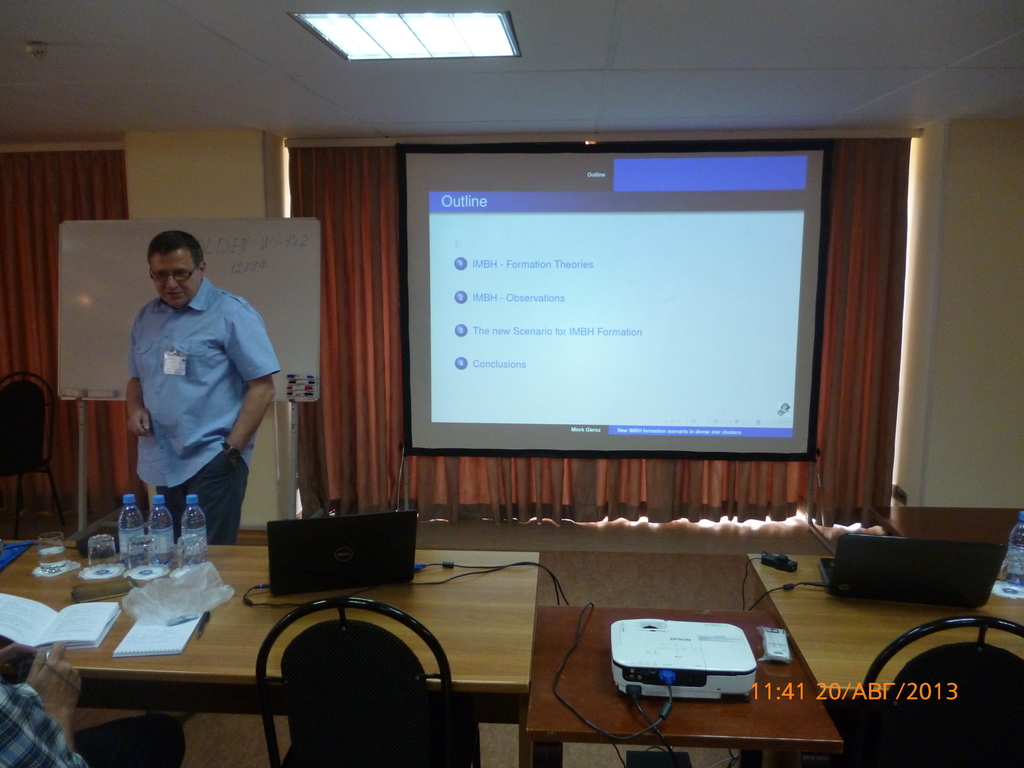

Rainer Spurzem gave a lecture about using GPU hardware for astrophysical simulations. He presented overview of such hardware and a big role of China in the development of GPU computing clusters. Additionally, Rainer discussed the prospects of GPU supercomputing for the upcoming Exaflop/s problems.
Arkadiusz Hypki gave a talk about bimodal spatial distribution of blue straggler stars. Bimodal spatial distribution is a feature observed in many star clusters which shows that the highest number of blue straggler stars are present in the center of the cluster. Then, there is clear clear-cut dip in the intermediate region and again rise of BSS in the outer region of the cluster (but lower than the central value). However, for some star clusters there are unimodal distributions of such objects - there is no second peak. And some other clusters show completely flat spatial distribution of blue stragglers. In the presentation he showed and discussed what could be origin of such features.
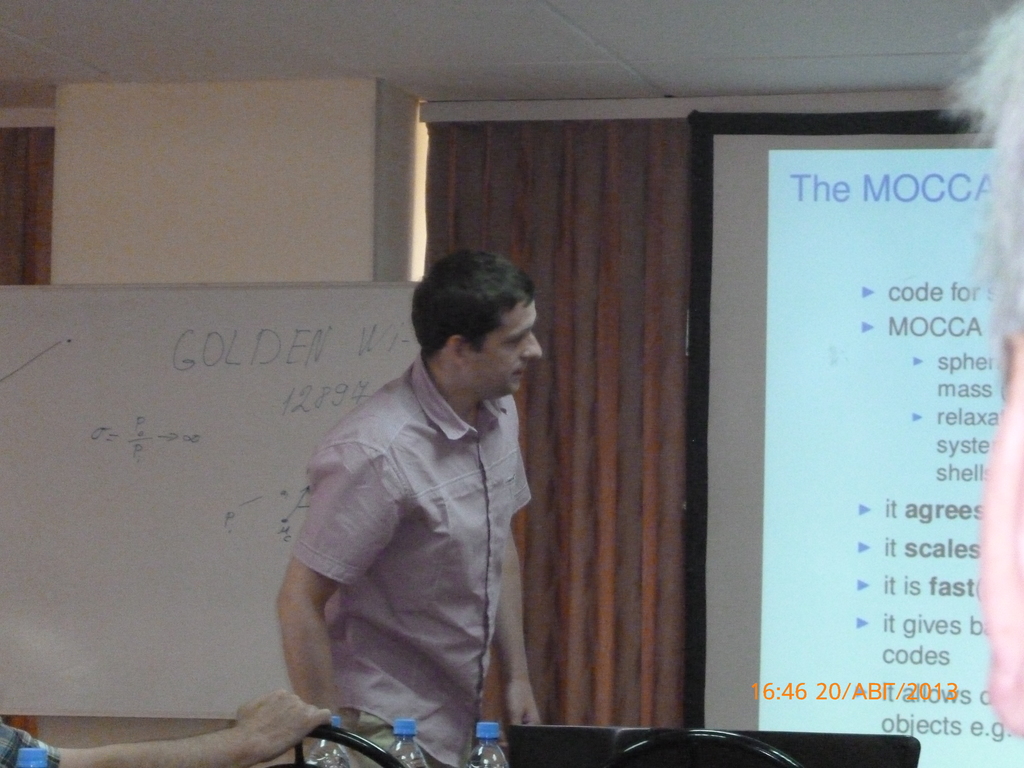

The MOCCA team is grateful to the hosts for organizing such a great conference.
